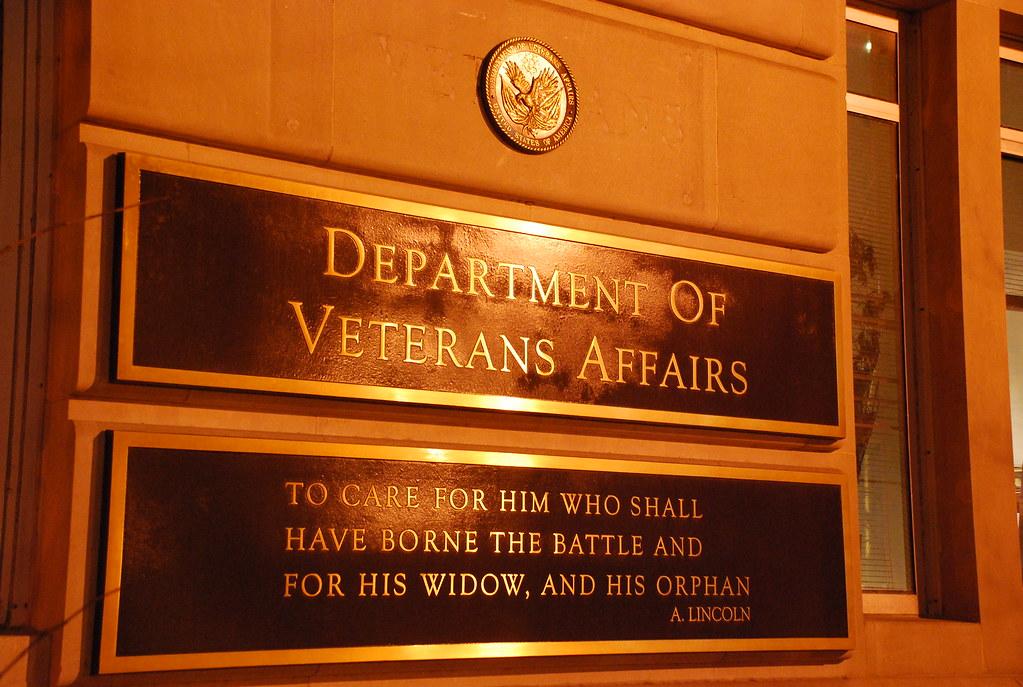In the realm of military service, both veterans and active-duty members play a crucial role in safeguarding our nation’s security. However, as individuals who have served or are currently serving in the armed forces, understanding the differences in benefits and support available to each group is paramount. In this article, we will conduct a comprehensive comparative analysis of the benefits and resources provided to veterans and active-duty service members, shedding light on the distinct support systems designed to honor and assist these dedicated individuals in their respective roles.
– Understanding the key differences in benefits between veterans and active-duty service members
When comparing the benefits available to veterans and active-duty service members, it is important to understand the key differences between the two. Veterans are individuals who have served in the military and have been discharged, whereas active-duty service members are currently serving in the military. Each group has unique benefits that are tailored to their specific needs and circumstances.
One of the main differences between veterans’ benefits and those of active-duty service members is the eligibility criteria. Veterans are typically eligible for a wider range of benefits, including healthcare, disability compensation, and education assistance. On the other hand, active-duty service members have access to benefits such as housing allowances, base privileges, and retirement savings options. Understanding these differences can help individuals make informed decisions about their military service and the benefits available to them.
– Exploring the financial and healthcare advantages for veterans post-service
When it comes to the financial and healthcare benefits available to veterans post-service, there are numerous advantages that set them apart from active-duty service members. Veterans have access to a wide range of benefits that can greatly improve their quality of life and support their well-being. From disability compensation to healthcare services, veterans are provided with the resources they need to thrive after their time in the military.
One key advantage for veterans is the VA healthcare system, which offers comprehensive medical services at little to no cost. This includes primary care, mental health services, and specialty care. Additionally, veterans may be eligible for disability compensation, pensions, and educational assistance through the VA. These benefits can significantly impact veterans’ financial stability and overall health, making post-service life more manageable and fulfilling.
– Analyzing the educational opportunities and support available to active-duty service members versus veterans
When comparing the educational opportunities and support available to active-duty service members and veterans, it is essential to consider the unique benefits each group receives. Active-duty service members have access to a variety of educational benefits, such as tuition assistance programs and the ability to earn college credit for military training. They also have the advantage of receiving financial support for books, supplies, and other educational expenses. Additionally, active-duty service members can take advantage of educational counseling services to help them navigate their educational options and achieve their academic goals.
- Wide range of educational benefits
- Financial support for educational expenses
- Educational counseling services
On the other hand, veterans also have access to valuable educational benefits, such as the GI Bill, which can cover tuition, housing, and other expenses while pursuing a degree. Veterans may also qualify for additional grants and scholarships specifically designed for former military members. While veterans may not have the same level of educational support as active-duty service members, they have the advantage of being able to use their benefits at a wider range of educational institutions and programs, allowing them greater flexibility in pursuing their education.
- GI Bill coverage for tuition and housing
- Access to grants and scholarships
- Flexibility in choice of educational institution
– Providing strategic recommendations for individuals transitioning from active-duty to veteran status
When it comes to transitioning from active-duty to veteran status, it is crucial for individuals to understand the differences in benefits that are available to them. Veterans’ benefits often provide a wide range of support and assistance that may not be accessible to active-duty service members. These benefits can include healthcare, education, housing assistance, and financial support. By carefully comparing the benefits offered to veterans with those available to active-duty service members, individuals can make informed decisions about their future post-military life.
One key aspect to consider is the eligibility criteria for veterans’ benefits compared to active-duty service members. Veterans may have access to a broader range of benefits, but they must meet certain requirements to qualify. Active-duty service members, on the other hand, may have access to different types of benefits while still serving in the military. By understanding the differences in eligibility criteria and benefits offered, transitioning individuals can develop a strategic plan to make the most of the resources available to them as they move from active-duty to veteran status.
– Highlighting the importance of leveraging available resources to maximize benefits for both veterans and active-duty service members
When it comes to understanding and accessing benefits for veterans and active-duty service members, it is crucial to leverage the available resources to maximize the benefits for both groups. Veterans and active-duty service members alike have served our country with honor and dedication, and it is our responsibility to ensure that they receive the support and assistance they deserve. By taking advantage of the resources and programs that are designed to help veterans and active-duty service members, we can ensure that they receive the benefits they have earned through their service.
One key resource for both veterans and active-duty service members is the Department of Veterans Affairs (VA). The VA provides a wide range of benefits and services, including healthcare, disability compensation, education and training, and housing assistance. By working with the VA and other organizations that support military members, veterans, and their families, veterans and active-duty service members can access the resources they need to thrive in civilian life. It is important to recognize the sacrifices that veterans and active-duty service members have made for our country and to ensure that they have the support they need to succeed after their service.
The Conclusion
the comparison between veterans’ benefits and active-duty service members highlights the significant differences in the support and resources available to these two groups of individuals. While active-duty service members receive immediate assistance and access to various benefits during their time in service, veterans often face challenges in transitioning back to civilian life and accessing the necessary support they deserve. It is crucial for policymakers, organizations, and society as a whole to continue advocating for improved benefits and services for both active-duty service members and veterans, ensuring that those who have sacrificed so much for our country receive the care and assistance they need. Thank you for reading our comparative analysis on this important topic.


